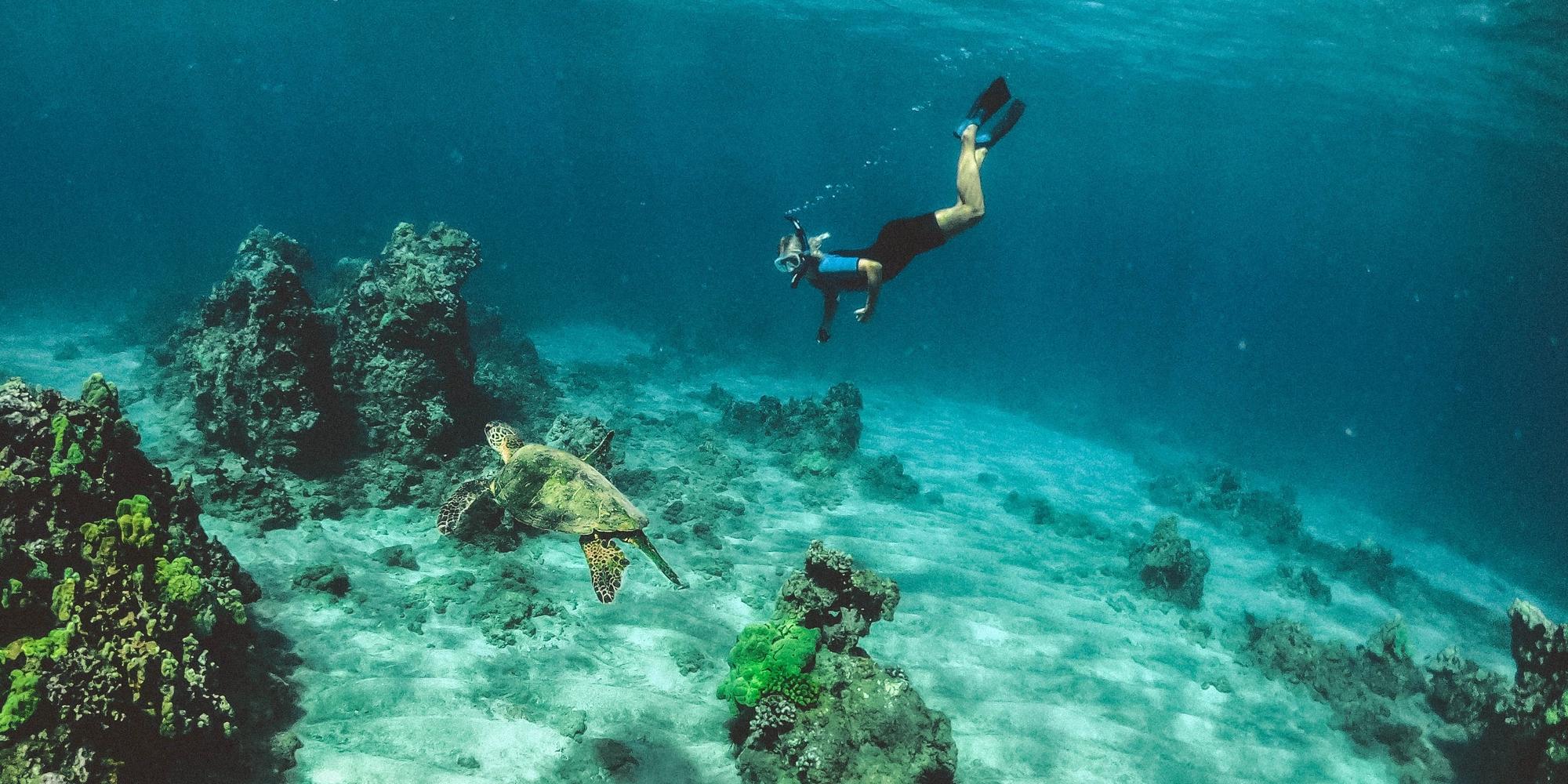Historic Ocean Protection Agreement: A Decade in the Making
The High Seas Treaty signifies a pivotal moment in our ongoing mission to safeguard the world's oceans.

Introduction:
In an extraordinary feat of international cooperation, the world's nations have achieved a historic milestone in the conservation of our precious oceans. A painstaking journey spanning over ten years has culminated in the groundbreaking High Seas Treaty, a visionary commitment to protect and rejuvenate marine ecosystems. The treaty sets an ambitious target: designating 30% of the world's oceans as protected areas by 2030. This remarkable achievement followed an intense 38-hour negotiation marathon held at the United Nations headquarters in New York, overcoming significant hurdles related to funding and fishing rights.
Reviving Ocean Conservation: The Long-Awaited Pact
The last major global accord addressing ocean protection was signed over four decades ago, the UN Convention on the Law of the Sea in 1982. While it laid the foundation for international waters, known as the high seas, where nations exercise their rights to fish, navigate, and conduct research, a mere 1.2% of these expansive waters are currently under protection. This alarming statistic underscores the pressing need for the recent breakthrough.
The High Seas Treaty: A Watershed Moment
The High Seas Treaty marks a turning point in ocean conservation by establishing specific protected areas. Within these zones, strict regulations will limit various activities, including fishing, shipping routes, and exploration, especially deep-sea mining. Deep-sea mining, the extraction of valuable minerals from ocean floors deeper than 200 meters, has raised significant concerns among environmental groups.
Stricter Regulations for Deep-Sea Mining
To address these concerns, the International Seabed Authority, responsible for overseeing and licensing deep-sea mining operations, has committed to stringent environmental regulations and oversight. This commitment aims to prevent potential harm to vulnerable ocean ecosystems, safeguarding marine life from the adverse effects of mining, such as noise pollution and habitat disruption.
Balancing Marine Genetic Resources
A key point of contention during negotiations was the equitable sharing of marine genetic resources. These resources include biological materials derived from oceanic flora and fauna, offering valuable benefits to society, including the development of pharmaceuticals, industrial processes, and food production. Negotiators sought to bridge the divide between wealthier nations, possessing the resources and funding for deep-sea exploration, and less affluent nations, demanding equitable benefit sharing.
Uncharted Oceans: A Vast Frontier
Despite our advancements, the deep ocean remains largely uncharted, with an estimated two million species yet to be discovered. Our understanding of this vast realm is akin to having only a few pixels illuminated on a giant high-definition screen. This knowledge gap poses a significant challenge when assessing the true value of oceanic resources and determining their ethical distribution among nations.
Celebrating a Triumph of Conservation
Environmental advocates and organizations have hailed the High Seas Treaty as a monumental achievement. Laura Meller from Greenpeace Nordic commended the nations involved for prioritizing ocean protection, climate resilience, and the well-being of billions. This agreement signifies that, even in a divided world, the preservation of nature and humanity can transcend geopolitical disputes.
The Road Ahead: Implementation and Ratification
While the High Seas Treaty marks a historic milestone for ocean conservation, there is still work to be done. Countries will need to convene once again to formally adopt the agreement, followed by substantial efforts to implement its provisions. Various institutional bodies, such as the Science and Technical Committee, will play pivotal roles in translating the treaty's ambitious objectives into tangible actions.
Conclusion
The High Seas Treaty signifies a pivotal moment in our ongoing mission to safeguard the world's oceans. After a decade of tenacious negotiations and impassioned discussions, the global community has come together to address the urgent need for marine conservation. As we navigate the implementation phase, we must remain steadfast in our commitment to preserving the delicate balance of our oceans and ensuring their sustainability for future generations.

